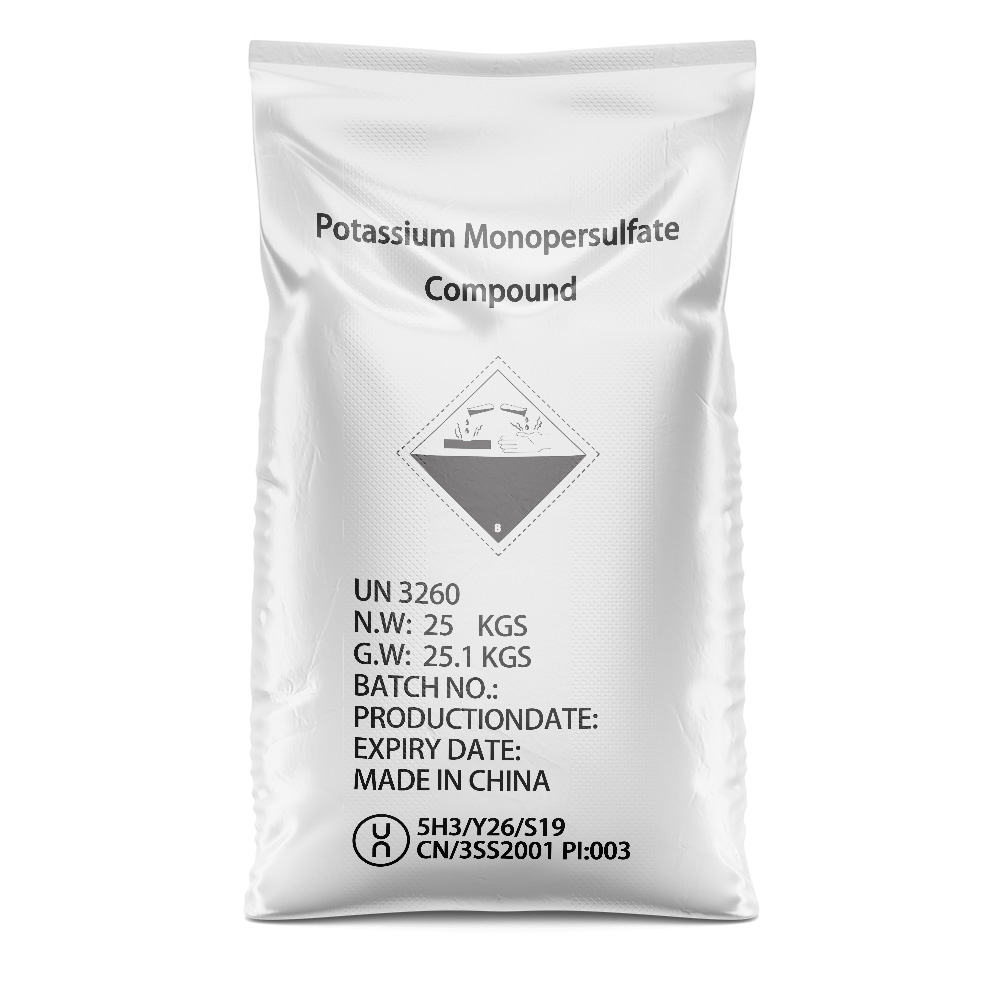



sodium bisulfate for pools
Understanding Sodium Bisulfate for Pools A Comprehensive Guide
When it comes to maintaining a clean, safe, and inviting swimming pool, the role of various chemicals cannot be overstated. One such chemical is sodium bisulfate, a compound that has gained popularity among pool owners for its myriad benefits. Understanding what sodium bisulfate is, how it works, and its applications can help you keep your pool in top condition.
What is Sodium Bisulfate?
Sodium bisulfate, also known as dry acid, is a granular chemical that serves primarily to reduce pH and alkalinity levels in pool water. It is a bisulfate salt derived from sulfuric acid and is often used as an alternative to liquid muriatic acid. One of the primary advantages of sodium bisulfate is its ease of handling – it does not emit the strong fumes associated with muriatic acid, making it safer to use, particularly for those who are inexperienced with pool maintenance.
Why is pH Balance Important?
Maintaining the correct pH levels in your pool is crucial for several reasons. The ideal pH range for pool water is between 7.4 and 7.6. When the pH is too high (above 7.6), it can lead to scale formation on pool surfaces and plumbing, cloudy water, and decreased effectiveness of chlorine. On the other hand, water that is too acidic (below 7.4) can irritate skin and eyes and corrode pool equipment. By using sodium bisulfate to bring pH levels down, you can create a more comfortable and safer swimming environment.
How to Use Sodium Bisulfate in Your Pool
Using sodium bisulfate is straightforward, but proper handling and dosage are essential for effective results
. Here are the steps to follow for its application1. Test the Water Before adding any chemicals, use a reliable pool testing kit to measure the current pH and total alkalinity levels. This step ensures that you know how much sodium bisulfate you need to add.
sodium bisulfate for pools

2. Calculate the Dosage As a general guideline, adding about 6 ounces of sodium bisulfate per 10,000 gallons of water will reduce the pH by approximately 0.2 points. However, this may vary depending on the initial water conditions, so adjust accordingly based on your test results.
3. Dissolve the Chemical For safer application, it's best to pre-dissolve sodium bisulfate in a bucket of water before adding it to the pool. Avoid adding the chemical directly to the pool as it can settle and potentially damage the lining or surfaces.
4. Add to the Pool Pour the dissolved solution slowly around the perimeter of the pool while the pump is running. This helps evenly distribute the chemical throughout the water.
5. Retest and Repeat After waiting at least a few hours, retest your pool’s pH levels. If the pH remains above the desired range, repeat the process until you reach the optimal balance.
Safety Precautions
While sodium bisulfate is a safer option than muriatic acid, it is still important to handle it with care. Always wear protective gloves and goggles, and store it in a cool, dry place out of reach of children and pets. In case of skin contact, rinse the affected area with water immediately.
Conclusion
Sodium bisulfate is a valuable tool in pool maintenance, playing a key role in managing pH levels for a healthier swimming environment. By understanding how to use it effectively, pool owners can enjoy clearer water, reduce the risk of corrosion, and enhance the overall experience for swimmers. Regularly testing and adjusting your pool's chemical balance will not only prolong the life of your pool and its equipment but also ensure that every dip is refreshing and safe. With sodium bisulfate as part of your pool care arsenal, you can maintain an inviting oasis right in your backyard.
-
Why Sodium Persulfate Is Everywhere NowNewsJul.07,2025
-
Why Polyacrylamide Is in High DemandNewsJul.07,2025
-
Understanding Paint Chemicals and Their ApplicationsNewsJul.07,2025
-
Smart Use Of Mining ChemicalsNewsJul.07,2025
-
Practical Uses of Potassium MonopersulfateNewsJul.07,2025
-
Agrochemicals In Real FarmingNewsJul.07,2025
-
Sodium Chlorite Hot UsesNewsJul.01,2025










